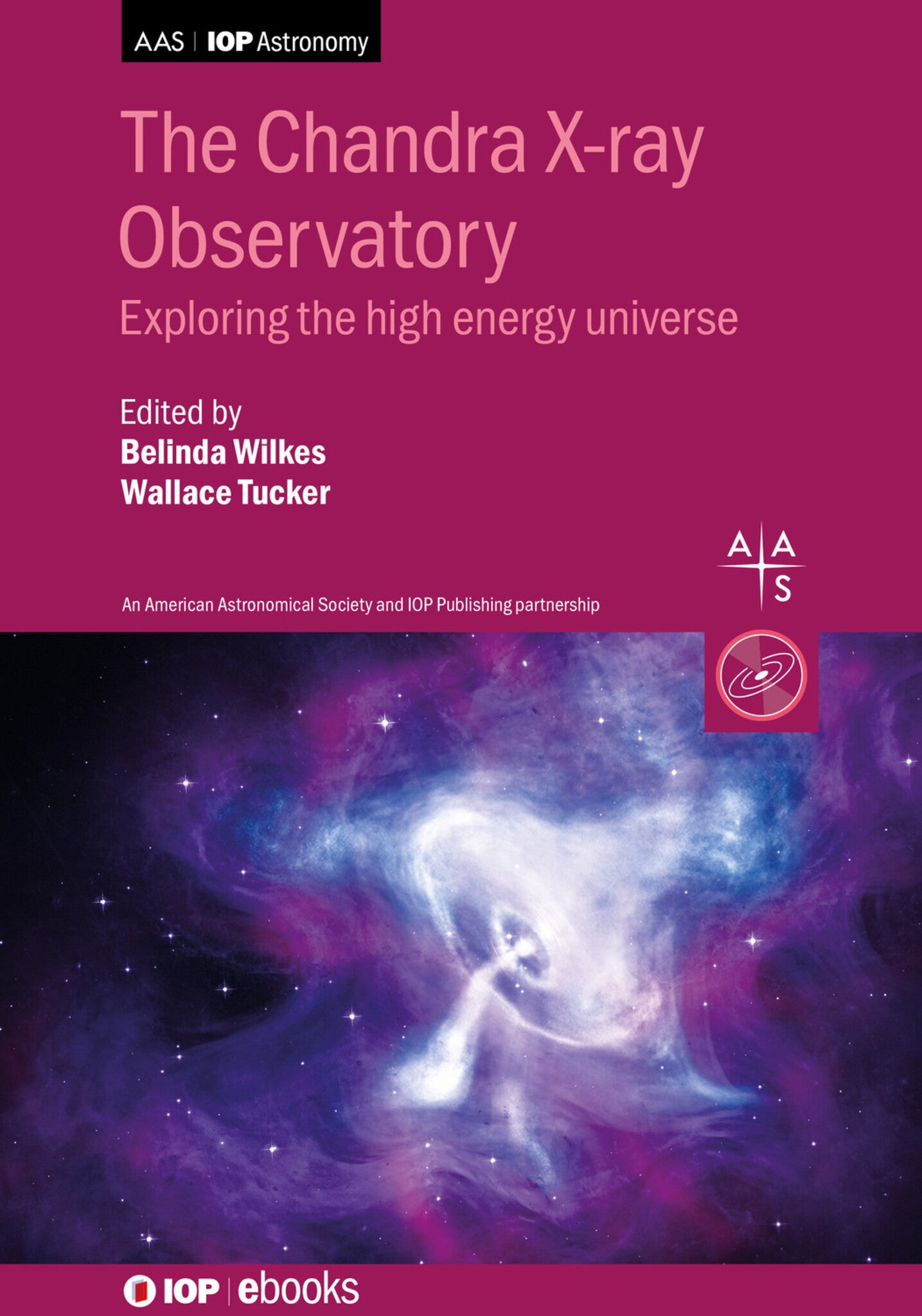We're sorry. An error has occurred
Please cancel or retry.
The Chandra X-ray Observatory

Some error occured while loading the Quick View. Please close the Quick View and try reloading the page.
Couldn't load pickup availability
- Format:
-
31 December 2019

NASA’s Chandra X-Ray Observatory has ushered in a revolution in X-ray astronomy. Over the last two decades Chandra has captured stunning celestial X-ray images, measured spectra and monitored light curves to reveal and map the hottest, most energetic regions of the universe. Written by leading experts in each sub-field to celebrate its 20th anniversary, this book includes current reviews of the major discoveries and scientific results made by Chandra. Documenting the progress, discoveries and developments implemented by the mission, this book provides its readers with a comprehensive review of the mission thus far and its potential future implications. Including beautiful images of celestial sources generated from Chandra, and multi-wavelength data, as well as 3D figures and movies, interactive illustrations are also used throughout to enhance the text.

SCIENCE / Space Science / Astronomy, Astronomical observation: observatories, equipment and methods

The year 1999 was a great one for X-ray astronomy with the launch of Chandra and ESA’s XMM-Newton mission within a few months of each other after many decades of effort. You may wonder why (and how) two large X-ray missions were developed in parallel. If so, read this book. Chandra provides extraordinary imaging capability combined with spectroscopy, complementing the larger effective area in imaging provided by XMM-Newton, alongside its spectroscopic and on-board optical capability. This book takes on the challenge of summarizing the scientific impact of Chandra in a modest number of pages.
Paul O’Brien. February 2022, The Observatory
R.A., F.C., J.J.D., G.F., R.M.G., P.E.J.N., A.S., P.S., H.T., W.K.T., and B.J.W.
acknowledge the support of NASA contract NAS8-03060.
Chapter 1 – Introduction
Chapter 2 – Chandra X-ray Observatory Overview
Chapter 3 – Mechanisms for the Production and Absorption of Cosmic X-rays
Chapter 4 – X-rays from Stars and Planetary Systems
Chapter 5 – Supernovae and Their Remnants
Chapter 6 – X-ray Binaries
Chapter 7 – X-rays from Galaxies
Chapter 8 – Supermassive Black Holes (Active Galactic Nuclei)
Chapter 9 – Groups and Clusters of Galaxies
Chapter 10 – Galaxy Cluster Cosmology
Chapter 11 – Future X-ray Missions



